Explaining the Most Complicated Timepiece Ever, the Vacheron Constantin Ref. 57260 Tivoli with 57 Complications
Vacheron Constantin has just superseded all else in watchmaking with the Reference 57260 "Tivoli" pocket watch, a titanic timepiece with 57 complications, allowing it to claim the title of the most complicated watch ever.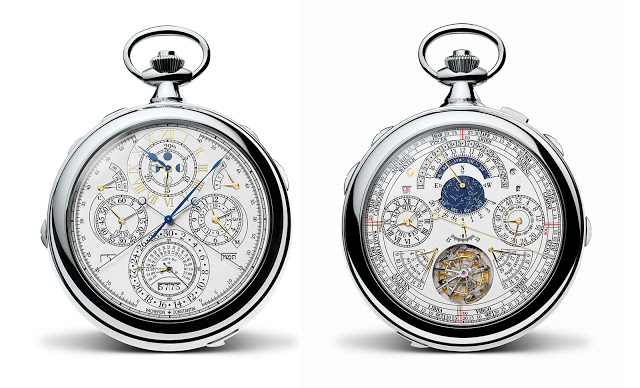
The last time a timepiece set the record as the most complicated ever, the Berlin Wall was about to come down. George H.W. Bush had just become president of the United States and Nelson Mandela was still in jail. That was 1989.
Now that record has been broken by Vacheron Constantin with the Reference 57260 “Tivoli” with an astounding 57 complications – the model name is a combination of the number of complications and that brand’s 260th anniversary in 2015. Eight years in the making and unveiled on the 260th day of the brand’s 260th year, the Tivoli pocket watch is a bespoke timepiece commissioned by an anonymous client who wanted the most complicated watch ever. He got what he wanted.
Housed in an enormous white gold case, the Tivoli is a double-faced pocket watch that includes a double retrograde split-seconds chronograph, three different perpetual calendars (including a Hebrew calendar), a five-gong grande and petite sonnerie, star chart, world time and triple axis tourbillon. The watch is 98mm in diameter, over 50mm high and weighs just under 1kg. And the movement inside comprises over 2800 components, while both faces have a total of 31 hands.
The Tivoli is another creation of Atelier Cabinotiers, Vacheron Constantin’s workshop specialising in custom timepieces, the same people responsible for the impressive Coffret Observatoire, a five-piece set of pocket watches with tourbillon regulators equipped with vintage movements.
Though Vacheron Constantin has kept mum about the price, with the Coffret Observatoire costing over US$4 million, the Tivoli would cost well over US$10 million, and possibly close to US$20 million.
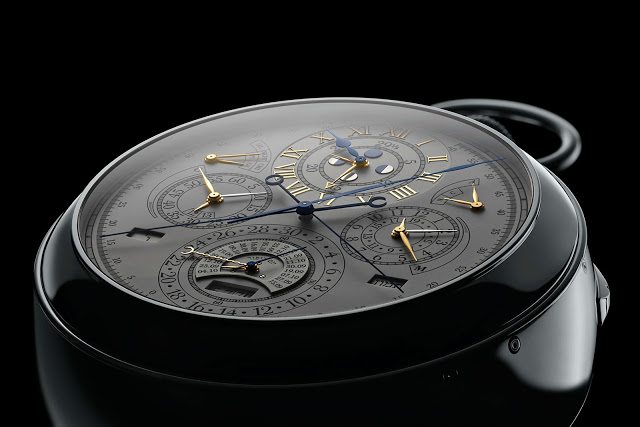
The 57 complications of the Reference 57260 “Tivoli” bests the last record-setting grand complication by a significant margin. Made in 1989 for the firm’s 150th anniversary, the Patek Philippe Calibre 89 had 33 complications.
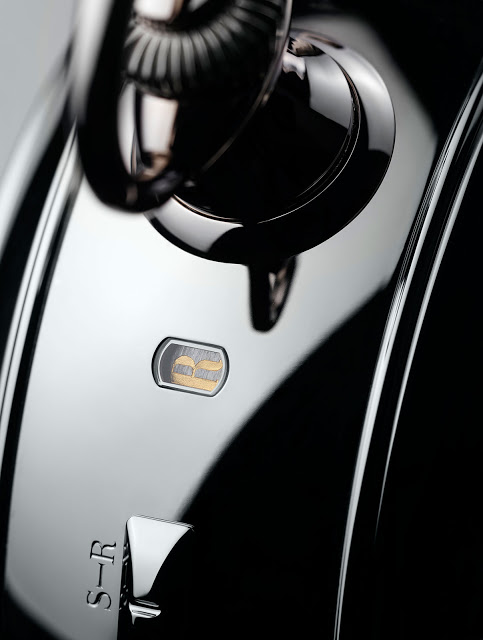 |
| The alarm function display, “S” for silence and “R” for reveil, or “alarm” |
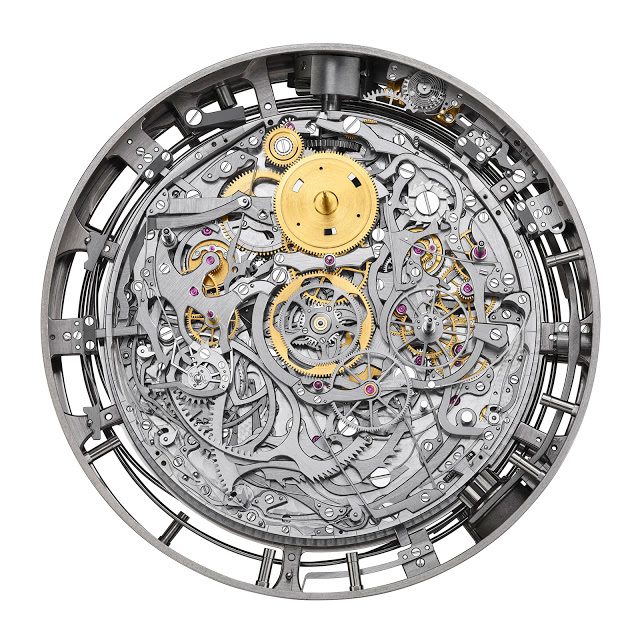 |
| The front of the movement, revealing the mechanisms for the chronograph, calendar and sonnerie |
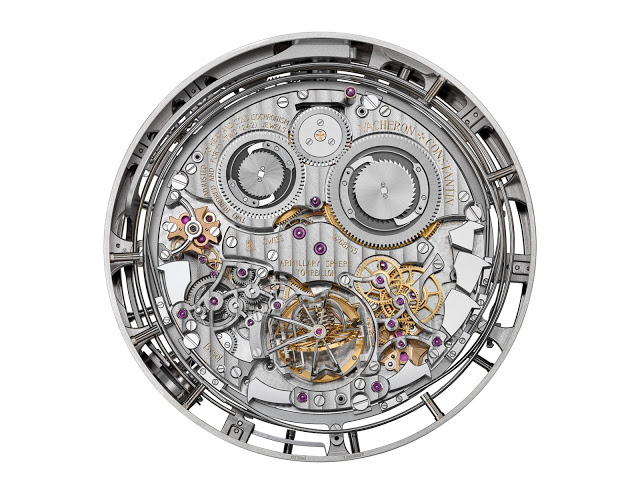 |
| The back of the movement with the distinctive grande sonnerie style winding clicks at 11 and 2 o’clock, and the five hammers for the Westminster Quarters from three to six o’clock |
Notably, the Reference 57260 “Tivoli” makes its debut just shy of one year after the Patek Philippe Graves Supercomplication sold for US$24 million. When the Graves was first sold in 1932, it was the most complicated timepiece ever.
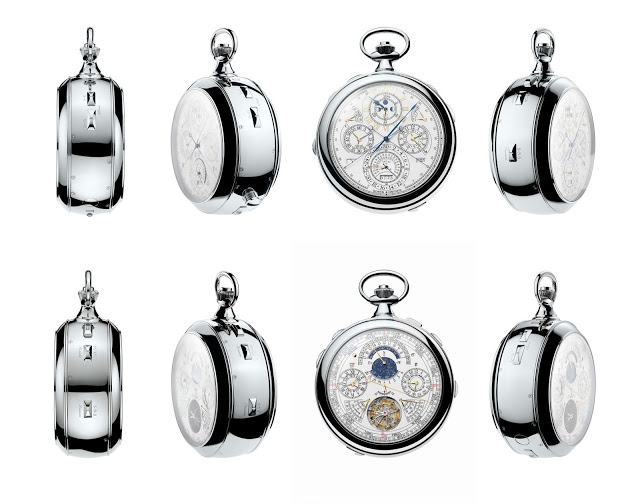
Twin faces
Like the ultra-complicated bespoke wristwatch Vacheron Constantin introduced in 2014 (perhaps as a warm-up), the Reference 57260 “Tivoli” has two faces, both made of solid silver, necessary to accommodate the numerous displays. The front indicates the time regulator-style, with the hours, minutes and seconds on separate sub-dials. It also contains the displays for the chronograph, Hebrew perpetual calendar and indicators for the chiming and alarm functions.
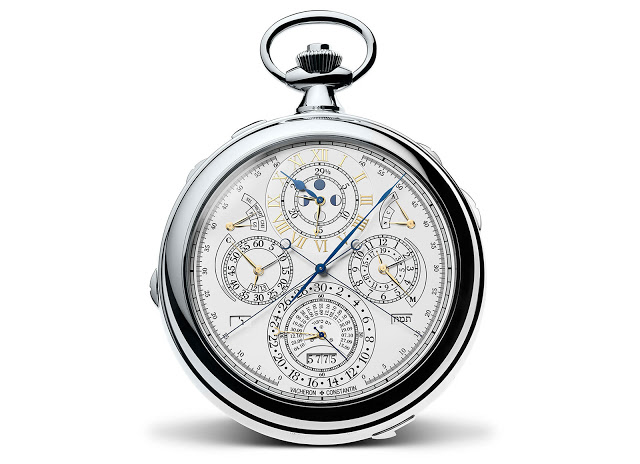 |
| The front |
On the reverse the second dial is dedicated to the astronomical display, double perpetual calendar (the conventional Gregorian calendar and the ISO 8601 business calendar), world time and a triple axis tourbillon.
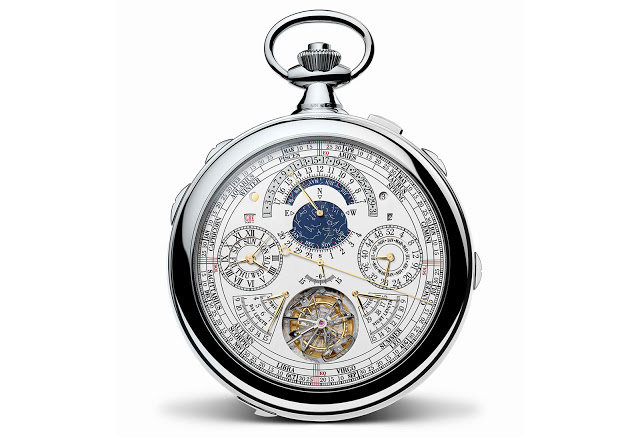 |
| And the back |
Double retrograde split-seconds chronograph
The first of its kind, the double retrograde rattrapante chronograph has two co-axial seconds hand in the centre, just like a conventional split-seconds chronograph. Each hand can record an elapsed time of up to a minute.
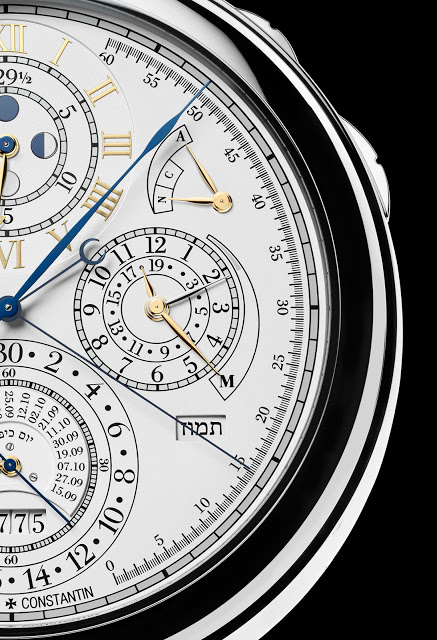 |
| One of the retrograde split-second registers, running from one o’clock to five o’clock |
But instead of a circular elapsed time register, each hand travels on a vertical semicircular retrograde scale across each edge of the dial. Registers at three and nine o’clock are the 12-hour and 60 minute counters respectively.
Hebrew calendar
Used primarily for Jewish religious occasions, the Hebrew calendar incorporates both the moon phase and solar year. Rare in watchmaking, the Hebrew calendar last appeared in the Alain Silberstein Hebraika calendar (powered by a movement conceived by independent watchmaker Svend Andersen) that’s some 20 years old.
The Hebrew calendar is based on the 19-year Metonic cycle, with 19 years being the common multiple of the lunar month and solar year. This is indicated on the sub-dial at three o’clock indicates this, with the hand making one revolution every 19 years.
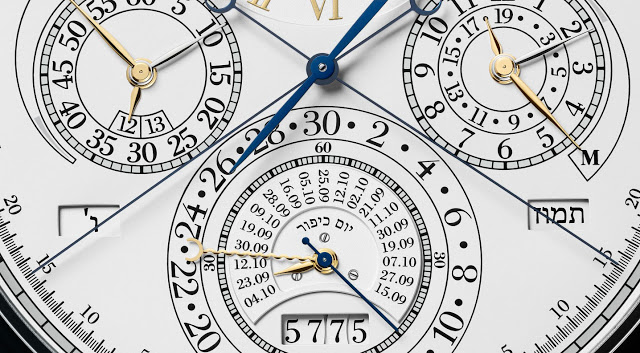
Other Hebrew calendar indications include the windows on either side of the six o’clock register that indicate the number of days and months, as well as the secular Hebrew year calculated from the creation of the world in 3760 BC (it’s now 5775 years since then).
Grande and petite sonnerie with alarm
The Tivoli pocket watch has a five gong striking mechanism that can replicate the Westminster Quarters of Big Ben, the clocktower at the Houses of Parliament in London. It can be set to striking mode, meaning the watch chimes as the time passes at each quarter and top of the hour.
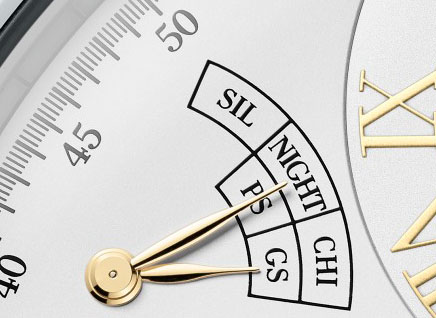
A more novel feature is the night-time silence mode which stops the striking mechanism between 10:00pm and 8:00am, before resuming the chiming during the daytime. And it is also equipped with an alarm function that either sounds as a traditional alarm, single tone chime or the Westminster Quarters.
Astronomical displays
The rear contains a star chart (at 12 o’clock), while the months of the year, Zodiac signs and four seasons are indicated on the scales on the edge of the dial.
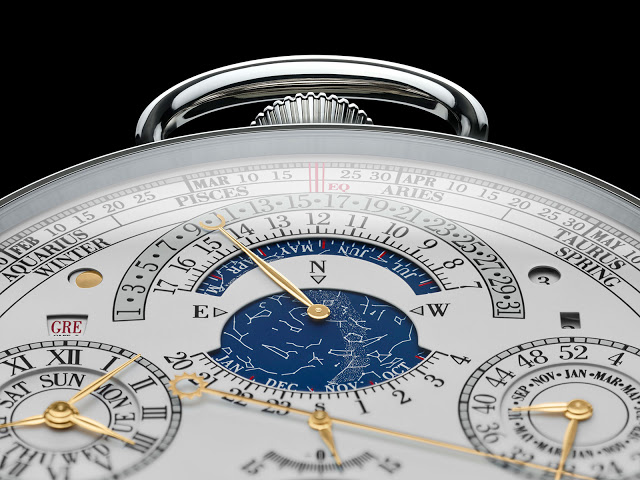
Equation of time, sunrise and sunset
A fan-shaped display above the tourbillon indicates the equation of time, the difference between mean solar time (the 24 hour day shown on watches) and true solar time (based on the Earth’s elliptical orbit of the sun). Sunrise and sunset are shown on either side of the tourbillon.
Second time zone and world time
This is shown on the sub-dial at nine o’clock, with the cities disc for the 24 time zones just above, while the day and night indicator is located at 10 o’clock.
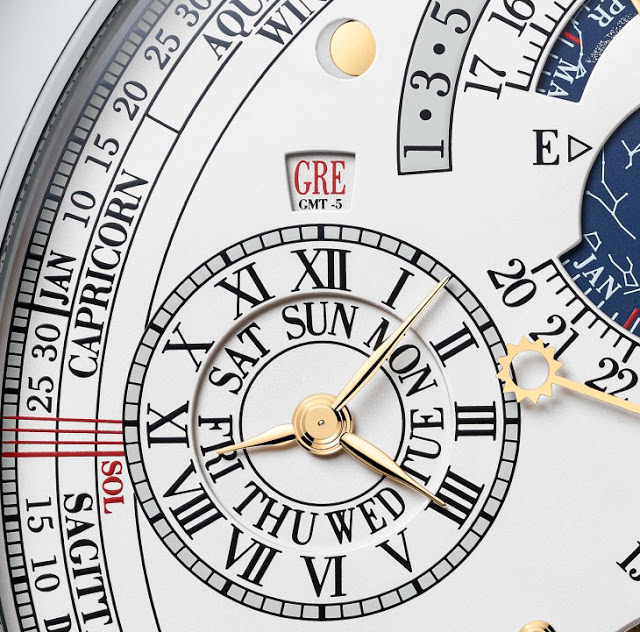
Twin perpetual calendars
The rear also shows two different calendars. The first is the Gregorian calendar, the conventional calendar used throughout most of the world. The second is the ISO 8601 calendar based on the 52 weeks of the year and day of the month, most often used in technology, like electronic television programming and internet calendars. This is indicated on the sub-dial at three, with the day of the week just above it.
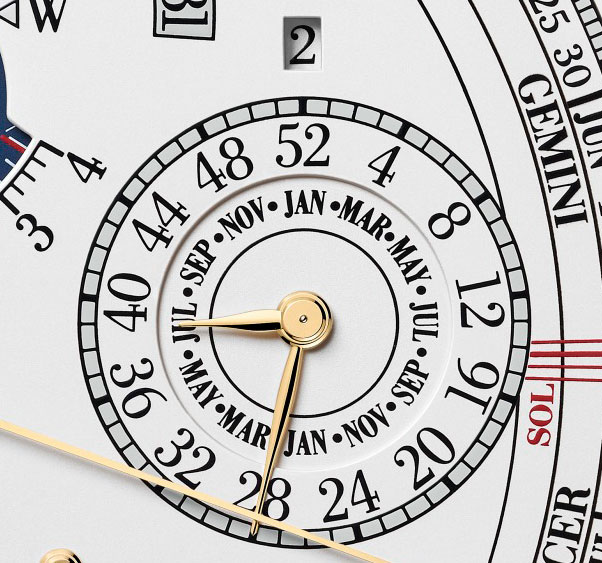
Armillary sphere tourbillon
Named for its resemblance to an astrolabe, the triple axis tourbillon has an outermost cage made of aluminium shaped like the Maltese cross, the logo of Vacheron Constantin. As the tourbillon makes its one minute revolution, the Maltese cross comes into full view every 15 seconds. Most multi-axis tourbillons have been conceived for wristwatches, to average out gravitational errors on a constantly moving wrist, while a pocket watch is typically stationary in the vertical position.
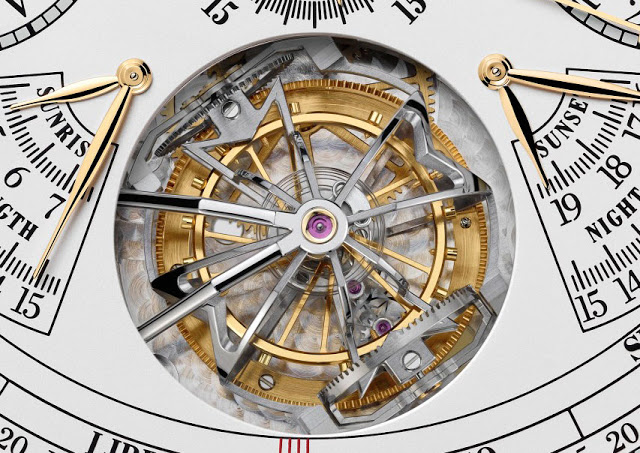
In addition, the hairspring is spherical in shape, a variation of the cylindrical hairsprings employed in marine chronometers for more concentric motion regardless of its position. And the escapement has diamond pallets for the anchor, instead of the typical synthetic ruby.
A list of the 57 complications
Time Functions
1. Regulator-type hours, minutes and seconds for solar meantime
2. Visible spherical armillary tourbillon regulator with spherical balance spring
3. Armillary sphere tourbillon
4. 12-hour second time zone hours and minutes
5. Indication for 24 world cities for world-time
6. Day and night indication for the 12-hour world-time
Perpetual Calendar
7. Gregorian perpetual calendar
8. Gregorian days of the week
9. Gregorian months
10. Gregorian retrograde date
11. Leap-year indication and four year cycle
12. Number of the day of the week (ISO 8601 calendar)
13. Indication for the number of the week within the year (ISO 8601 calendar)
Hebraic Perpetual Calendar
14. Hebraic perpetual calendar with 19-year cycle
15. Hebrew name of the day
16. Hebrew name of the month
17. Hebrew date indication
18. Hebrew secular calendar
19. Hebrew century, decade and year
20. Indication for the number of months in the Hebraic calendar year (12 or 13 months)
21. Indication for the Golden Number with 19-year cycle
Functions of the Astronomic Calendar
22. Indications for the seasons, equinoxes, solstices and signs of the zodiac with “sun” hand
23. The sky chart (calibrated for the city of the owner)
24. Sidereal time hours
25. Sidereal time minutes
26. Hours of sunrise (calibrated for the city of the owner)
27. Hours of sunset (calibrated for the city of the owner)
28. Equation of time
29. Length of the day (calibrated for the city of the owner)
30. Length of the night (calibrated for the city of the owner)
Lunar Calendar
31. Phases and age of the moon, one correction every 1027 years
Religious Calendar
32. Indication for the date of Yom Kippur
Functions of the 3 column-wheel Chronograph
33. Retrograde fifths of a second chronograph (1 column wheel)
34. Retrograde fifths of a second rattrapante chronograph (1 column wheel)
35. 12-hour counter (1 column wheel)
36. 60-minute counter
Alarm
37. Progressive alarm with single gong and hammer striking
38. Alarm strike / silence indicator
39. Choice of normal alarm or carillon striking alarm indicator
40. Alarm mechanism coupled to the carillon striking mechanism
41. Alarm striking with choice of grande or petite sonnerie
42. Alarm power-reserve indication
Westminster Carillon Striking Functions
43. Carillon Westminster chiming with 5 gongs and 5 hammers
44. Grande sonnerie passing strike
45. Petite sonnerie passing strike
46. Minute repeating
47. Night silence feature (between 22.00 and 08.00 hours – hours chosen by the client)
48. System to disengage the striking barrel when fully wound
49. Indication for grande or petite sonnerie modes
50. Indication for silence / striking / night modes
Further functions
51. Power-reserve indication for the going train
52. Power-reserve indication for the striking train
53. Winding crown position indicator
54. Locking mechanism for the striking
55. Winding system for the double barrels
56. Hand-setting system with two positions and two directions
57. Concealed flush-fit winding crown for the alarm mechanism

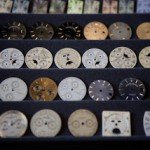
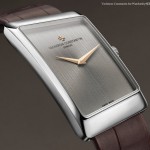
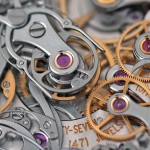

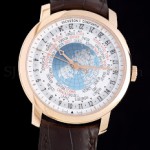
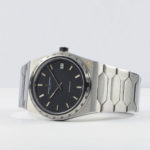
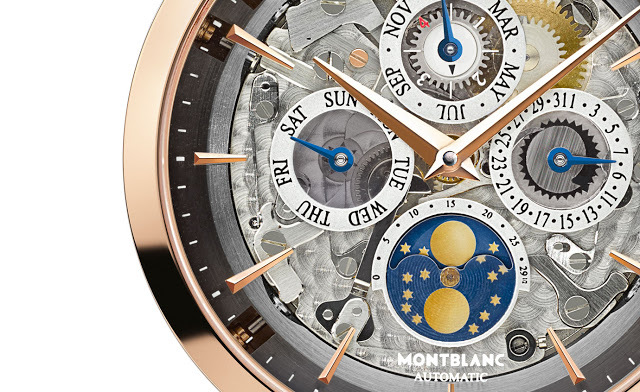 – Europe and Japan performed best. European sales were driven by tourists and up by 26%. Revenue in Japan was up 48%, helped by sales to tourists thanks to a weak yen. – Described as “extremely challenging”, sales in Asia Pacific was down 18%, with
– Europe and Japan performed best. European sales were driven by tourists and up by 26%. Revenue in Japan was up 48%, helped by sales to tourists thanks to a weak yen. – Described as “extremely challenging”, sales in Asia Pacific was down 18%, with 



